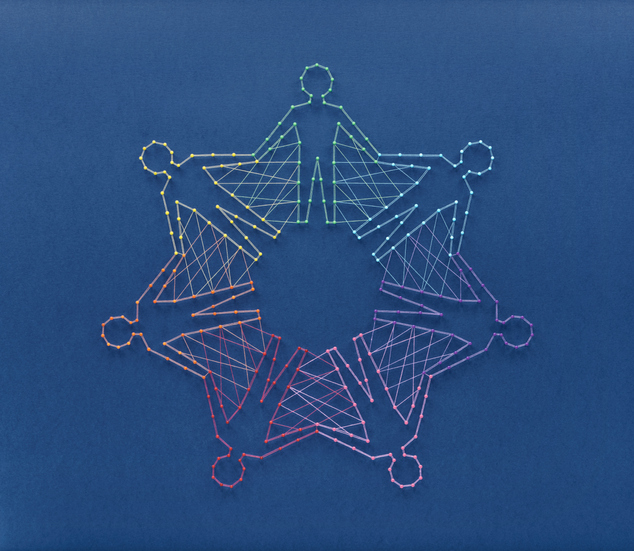Equality and diversity in the workplace are common values shared among most all employers and their staff. However, these values were not always pillars in the workplace, especially for women. As International Women’s Day approaches, this article reflects and shares on the trials and tribulations women have experienced in the workplace over time. By showing the evolution of women’s role in the workforce, we can really appreciate the resilience and perseverance women have had over the years and still do today.
In earlier periods of time, the societal norm placed women as being primarily the homemaker and the family caregiver to children or older loved ones. The spouse was considered the “head of the household” who went into the workplace to earn a living for the family. Throughout early centuries, women were tasked to manage their household (caring for or teaching their children) while also doing strenuous duties (from washing clothing by hand to churning butter or collecting and carrying buckets of water). In some cultures and regions of the world, these norms or traditions may still be intact. However, as certain social and economic changes occurred, such as the rise of the Industrial Revolution and the creation and development of public education, the role of women in the workforce began to expand. These historic events evolved the former convention that women belonged at home and created a need and desire for women in the workplace.
As the need for different types of jobs grew, which included teachers and office staff, the more women entered the workforce. Though, as women moved into these positions, another discrepancy arose—lower pay. The disparity in pay among sexes stemmed from the belief that men had more to provide for as the head of the household. Single and married women both entered the workforce in the period before World War II; however, marital status did not change this attitude. Single women were viewed as not needing a higher salary since they did not have a family to support, while married women were paid less because of the idea they wouldn’t need much due to how much their spouse made.
In conjunction with lower wages, the types of employment often taken by women in this early period were closely related to tasks they would complete in their own household. Women could be found working as seamstresses, housekeepers, teachers, nurses, and secretaries. The exception to this standard was during national emergencies, such as World War I and II. As men went into the military, more women were encouraged to take on manufacturing roles (mostly male-dominated industries, but women worked for the same low pay and inadequate working conditions). Once the national emergency was resolved, women were ushered back into their previous job roles.
It wasn’t until after the 1970s that real changes could be seen in the workplace for women. A male-dominated job market saw a spike in women taking on new jobs that were once “traditionally male occupations” (Britannica, 2021). New technologies of the time helped with streamlining jobs so that any person could do it.
From that point to now, women have taken large leaps in their role in the workplace. According to TIME magazine, in late 2019 and early 2020, women in the U.S. for the first time held the majority of overall jobs (not including farming and self-employment) at 50.04 percent (Law, 2020). While globally, women across all countries held 47.31 percent of jobs in 2019 (The World Bank, 2021). This is in part due to the constant-changing social and economic events, which include rising industries, such as retail and health care, as well as women gaining more financial control in their household (Law, 2020). This edge has given more exposure to the roles women can have in the workforce. We see women who are politicians, actresses, social workers, contractors, electricians, judges, attorneys, doctors, psychologists, and so much more.
Although there have been major breakthroughs for women over the last few centuries, there are still hills to climb when it comes to the workplace today, including pay and leave policies. For a long time, there has been a gender-wage gap, especially in the U.S., where every dollar a male employee earns, a female employee completing the same job with the same skill set earns 97 cents. According to Forbes.com, this disparity exists for many reasons aside from “glass ceilings” that have been a long-term issue (Spiggle, 2021). The reasons range from “career disruptions,” like pregnancy, to bias from the employer or that women are more likely to take lower-paying positions—two-thirds of low-paying jobs were taken by women in 2020 in the U.S. (Spiggle, 2021).
While some may think these things would slow down women’s pace in the workforce, it has shown to be the complete opposite. Women are edging the gap in a lot of ways to strive for equality and diversity in all areas. From 1980 through 2018, it was found that women are narrowing the disparity of pay and advancement through education and skills (Kochhar, 2020). This is a complete 180 from where women stood just a couple centuries ago.
Looking back, women have faced a lot of uphill battles, and despite all of that, there is so much progress that has been made. And, while there is still work to be done, it is admirable to see how women have altered these standards over time. So, on International Women’s Day, we take time to recognize and celebrate all that has been accomplished and still being accomplished by women around the world.
Workplace Options helps employees balance their work, family, and personal needs to become healthier, happier, and more productive, both personally and professionally. The company’s world-class employee support, effectiveness, and wellbeing services provide information, resources, referrals, and consultation on a variety of issues ranging from dependent care and stress management to clinical services and wellness programs. To learn more visit www.workplaceoptions.com.
Disclaimer: This document is intended for general information only. It does not provide the reader with specific direction, advice, or recommendations. You may wish to contact an appropriate professional for questions concerning your particular situation.



































